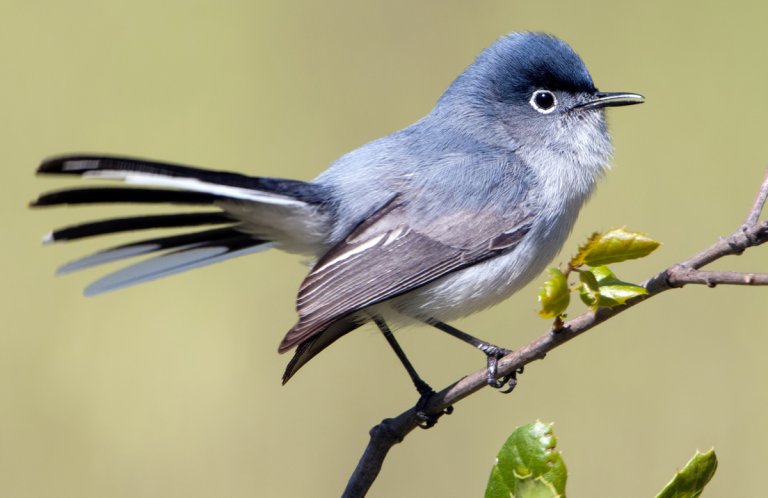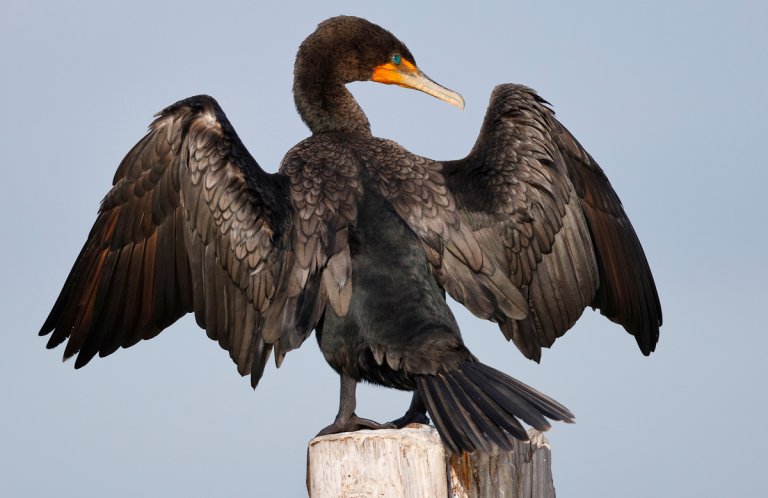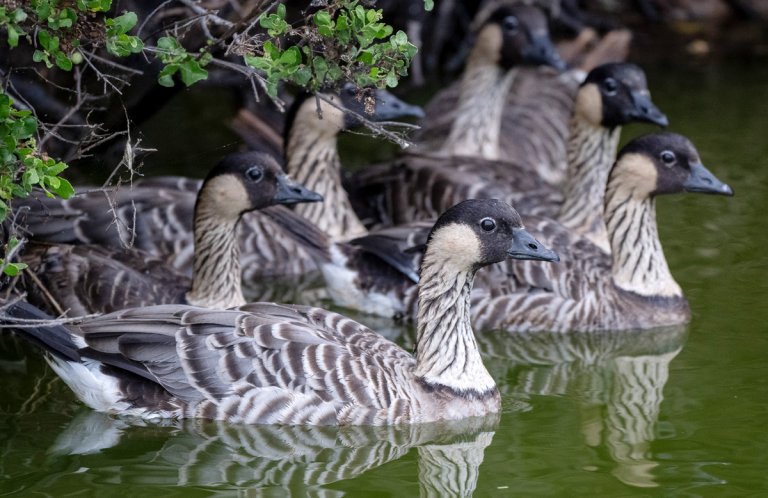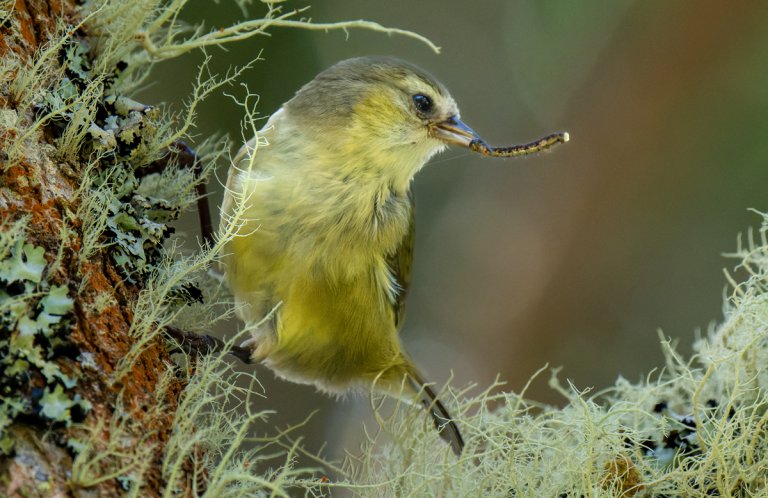 The Greater Prairie-Chicken and Lesser Prairie-Chicken are famous for their unique mating dances performed on special display grounds, called leks, each spring. Their genus name, Tympanuchus, comes from the Ancient Greek; its meaning, "holding a drum,” refers to this bird's booming calls, which are amplified by inflatable neck sacs.
The Greater Prairie-Chicken and Lesser Prairie-Chicken are famous for their unique mating dances performed on special display grounds, called leks, each spring. Their genus name, Tympanuchus, comes from the Ancient Greek; its meaning, "holding a drum,” refers to this bird's booming calls, which are amplified by inflatable neck sacs.
Greater Prairie-Chicken populations declined to near-extinction over the past century, mainly due to habitat loss as native prairie was converted to farmland. Loss of genetic diversity, pesticides, and collisions with manmade structures also pose threats.
Which Prairie-Chicken?
Prairie-chickens are distinguished from other grouse such as Greater Sage-Grouse by the male prairie-chicken's long neck feathers, called pinnae, which flare and resemble horns during their elaborate courting displays.
Greater Prairie-Chickens can be distinguished from Lesser by their vocalization (booming rather than gobbling), larger size, and darker brown color, as well as yellow-orange (rather than pink) eye comb and inflatable neck sac, called the gular sac.
Three subspecies of Greater Prairie-Chicken are recognized. The nominate (or main) population, discussed in this account, is threatened across its range. The “Attwater's” subspecies is even more threatened, hanging on in only a few small areas of southeast Texas, where it is federally listed as Endangered. The Heath Hen, once numerous in open scrub habitats up and down the East Coast, was driven to extinction by 1932, a victim of habitat loss and overhunting.
Sign up for ABC's eNews to learn how you can help protect birds
Part of the Prairie
Greater Prairie-Chickens are non-migratory and spend their entire lives within the few remaining remnants of tallgrass prairie habitat, particularly places where native prairie is interspersed with agricultural fields.
These birds are strong flyers and may “commute” up to 30 miles in search of wintering grounds with a reliable food source. They consume leaves of prairie plants, seeds, buds, and insects.
Doing the Chicken Dance
The prairie-chicken breeding season begins in early spring and continues until June. Males establish a communal “booming ground” in a flat, raised territory with short grass, where eight to 20 males display together and boom to attract females. Males fight among themselves for territories on the lek; these territories may be as small as 20 or 30 feet across, and one or two males usually emerge as dominant and perform the majority of mating.
During its elaborate display, the male dances and struts with his head low and wings held stiffly at his sides, pinnae flared and gular sacs inflated. He may jump into the air with loud cackling and wing-fluttering. The male's hollow, booming calls can be heard up to a mile away.
Male prairie-chickens stay on their display grounds for almost two months; after mating, they have no further role in nest-building or chick rearing.

Greater Prairie-Chicken by Greg Lavaty
Females disperse from the lek and build their nests on the ground in thick grass, laying between four and 15 eggs per clutch and incubating them for around 26 days. The hatching period peaks from late May to early June, when insect populations are high, to provide optimal nourishment for chicks.
The chicks are precocial, hatching covered in down, with eyes open and able to move around. They grow rapidly and can fly short distances by two weeks of age. Chicks remain with the hen for eight to 10 weeks.
Supporting a Suite of Species
After decades of decline, the Greater Prairie-Chicken has disappeared from a number of states, including Indiana and Kentucky, where it was once common. Although remaining populations appear stable, the species is still at risk, particularly from genetic isolation resulting from its highly fragmented habitat: In-breeding among a small population reduces fitness and fertility, and was one of the final factors leading to the Heath Hen's extinction. Population re-introductions may be necessary to keep the Greater Prairie-Chicken from a similar fate.
Although the Greater Prairie-Chicken is not federally listed under the Endangered Species Act, it is considered Threatened in several states and is listed as Vulnerable on the IUCN Red List of Threatened Species. Preservation of large tracts of native grassland is particularly important to this species' survival.
The Worry of Wind
Wind energy development is a new and significant cause of habitat loss, as prairie-chickens require large, open expanses of grass without trees or other tall objects that could provide a perch for a raptor or other potential predator. If they can see the structure (say, a wind turbine) they won't stay in an area. They need an expanse of grass all the way to the horizon.
ABC is working with partners at the state and local level on projects that benefit both grassland birds and monarch butterfiies, as well as with ranchers to implement sustainable grazing practices on grasslands. This work can benefit prairie-chickens and other birds found in similar habitat such as Common Nighthawk and Long-billed Curlew.
Donate to support ABC's conservation mission!



















































